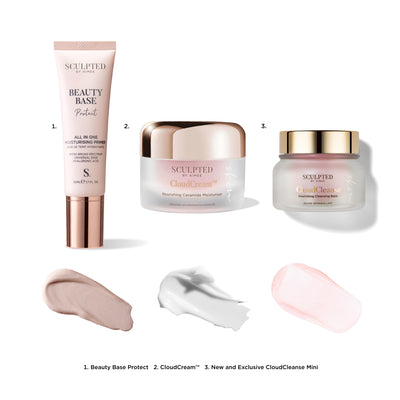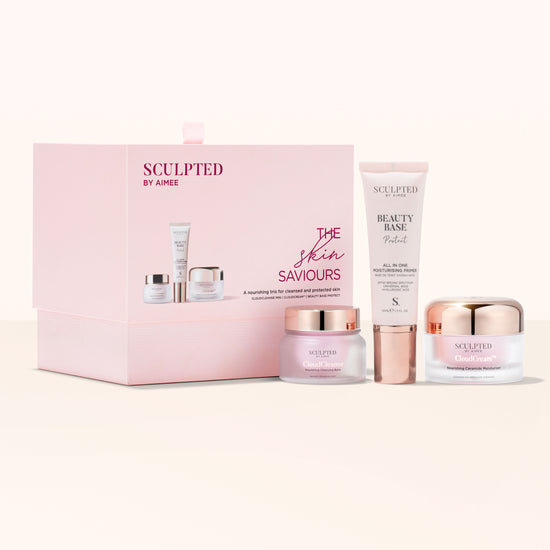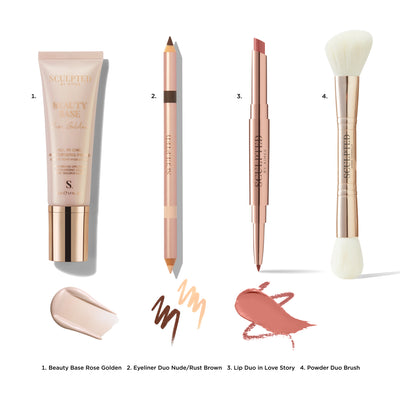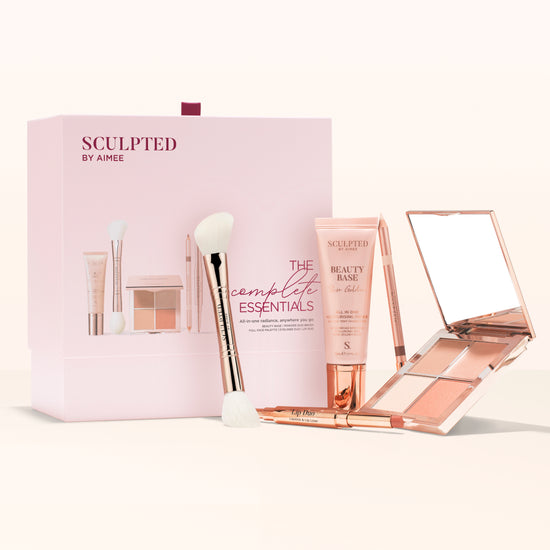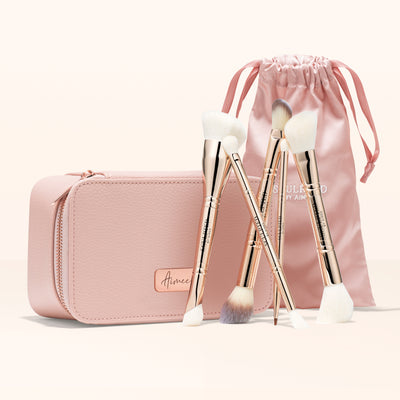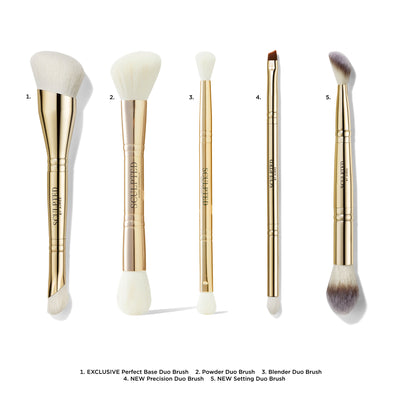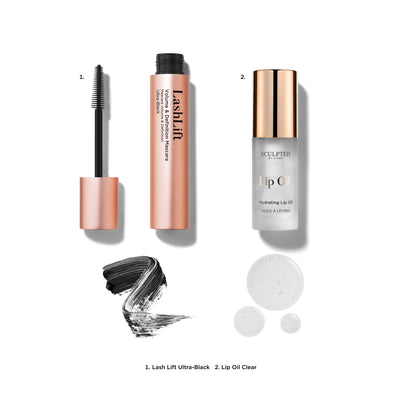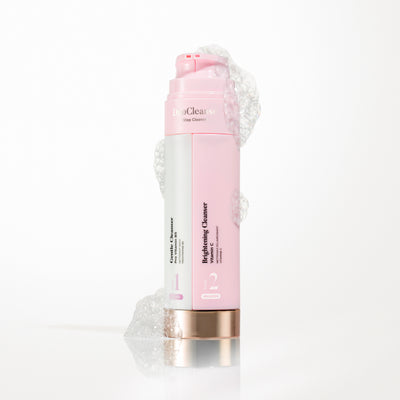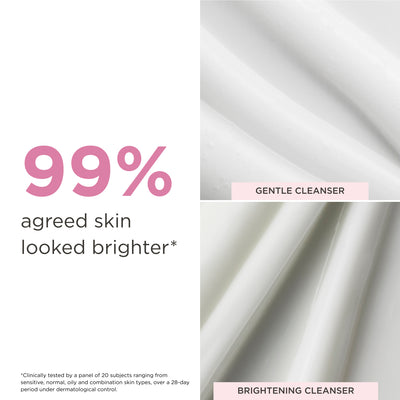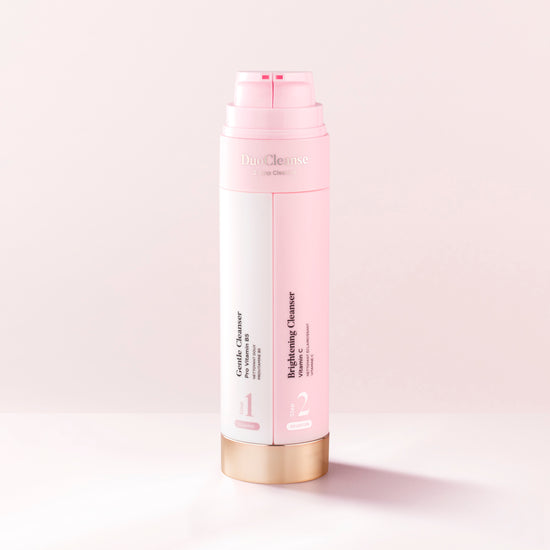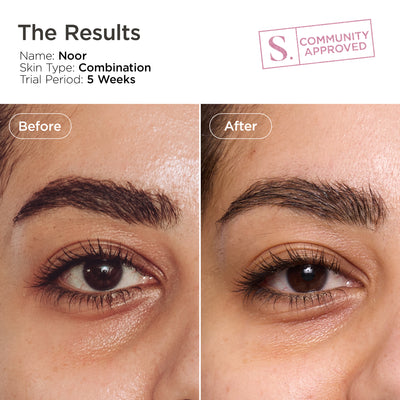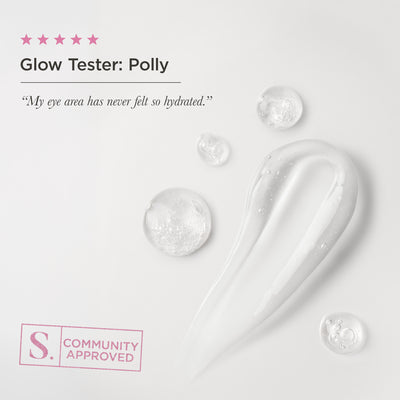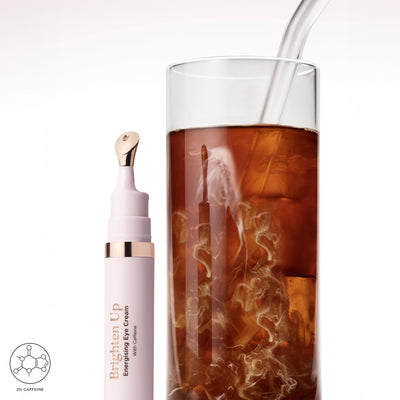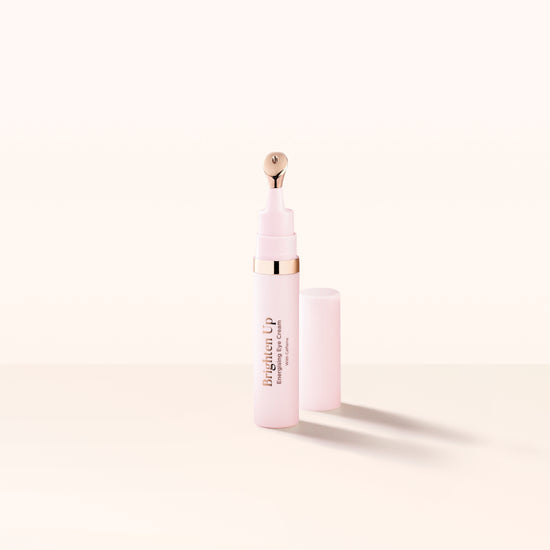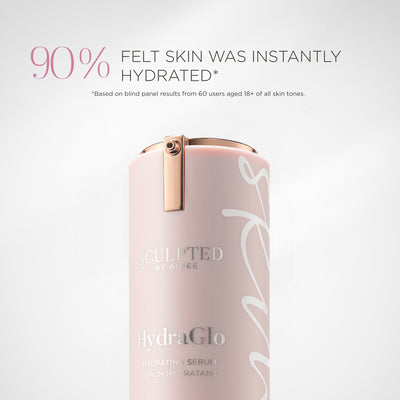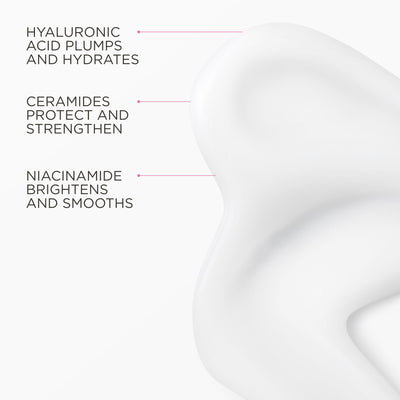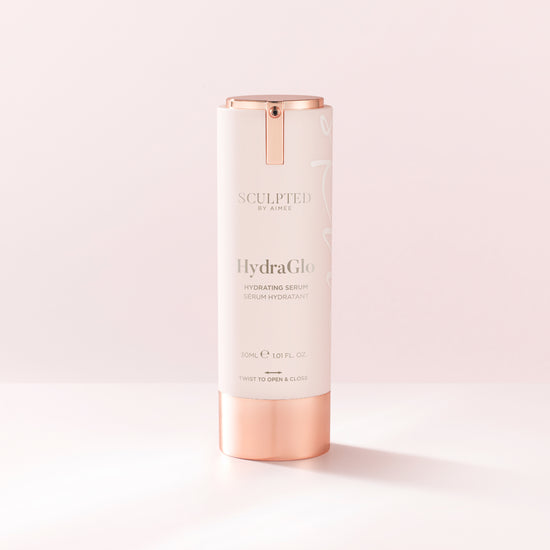What is Hyaluronic Acid & How is it Used in Skincare?
November 25 | 2025
6 Min Read

Hyaluronic Acid isn’t new, but it’s having a well-deserved moment. This hydration heavyweight has earned its place in every routine worth its glow, and for good reason.
Far from a fleeting trend, Hyaluronic Acid has become a mainstay in most modern skincare routines thanks to its ability to deliver lasting moisture. Not only does this clever active support barrier function, it also leaves your complexion looking healthy, plump, and resilient. In this article, we’ll go beyond the basics – exploring how to maximise the benefits of Hyaluronic Acid, layer it like a pro, and make the most of this hero hydrator.
What is Hyaluronic Acid?
So, we’re not going to get into the nitty-gritty detail or molecular compounds and whatnot: we’re happy to leave that to the experts. But, we do want to pop on our lab coats for a simple explanation of what Hyaluronic Acid is...
Hyaluronic Acid is a type of naturally occurring humectant, which is a fancy name for something that attracts and retains moisture. It’s found throughout the human body, most commonly in the skin, eyes and joints.
Despite the term “acid”, this ingredient does not exfoliate like Glycolic or Lactic Acid. Instead, Hyaluronic Acid is capable of binding vast amounts of water, which helps to support the structure, volume, and firmness of your skin. It’s also deeply penetrating, which helps it absorb into your skin for a lasting boost of hydration.
It lives in your skin cells, holding onto water like a sponge and releasing it slowly to keep your complexion bouncy, smooth, and perfectly hydrated.
When we’re young, our skin’s natural Hyaluronic Acid acts like a super sponge, holding moisture to keep skin smooth, firm, and fresh. From our mid-20s, that sponge starts to dry out a little and isn’t capable of hanging onto as much water. A 2025 research study suggests this drop contributes to fine lines, reduced elasticity, and greater sensitivity to dryness and environmental stress.
Adding Hyaluronic Acid to your routine is like topping up the sponge – restoring hydration so skin stays plump, resilient, and radiant.

How Hyaluronic Acid works
Hyaluronic Acid owes its impressive hydrating effects to its molecular structure. Bear with us as we break this down for you.
Imagine stings of microscopic sponges sitting on your skin, soaking up water and holding it tight – that’s what Hyaluronic Acid does. It creates a reservoir of moisture just beneath the skin’s surface, slowly releasing it for a long-lasting hydration boost that keeps skin bouncy, smooth, and glowing.
This keeps your skin supple, and supports the elastic network of proteins (like collagen and elastin) so your complexion looks firmer and healthier.
Hyaluronic Acid also works between your skin cells, plugging any gaps that would otherwise let moisture escape. This slows transepidermal water loss (or “TEWL” to those in the know) and helps build a stronger barrier, keeping skin hydrated for longer and better protected from wind, pollution, and dry indoor air.
While occlusive ingredients sit on top of your skin, forming a protective barrier that locks in moisture, Hyaluronic Acid works from within, releasing water gradually for long-lasting hydration. As surface moisture evaporates, the next layer steps in to replenish it – much like squeezing a sponge to wring out water, then watching it rebound.
The benefits of Hyaluronic Acid
Of course, Hyaluronic Acid wouldn’t have become so popular if it didn’t offer a wide range of benefits. The main benefits of using skincare with Hyaluronic Acid are:
A moisture magnet
As we’ve already described, Hyaluronic Acid works like a moisture magnet to attract and bind water to your skin cells, helping to maintain hydration levels throughout the day. Research has found that Hyaluronic Acid can hold up to 1,000 times its own weight in water. This means it’s exceptional at keeping skin well hydrated and comfortable for hours.
Improves skin texture
As Hyaluronic Acid draws moisture into the dermis and epidermis (that’s the top and middle layers of your skin), it helps fill out fine lines and creases, resulting in a visibly smoother surface.
By replenishing moisture and improving elasticity, Hyaluronic Acid lessens the appearance of dynamic wrinkles and static lines. Studies have found that topical Hyaluronic Acid increases skin firmness and elasticity after just four weeks of daily application.
Regular use of Hyaluronic Acid also encourages natural cell turnover. This process helps maintain a smooth texture and prevents the accumulation of dull, dry patches.

Support the skin barrier
Hyaluronic Acid can also help to improve the skin’s defence against cold weather and pollution, both of which accelerate water loss and oxidative damage.
A well-hydrated skin barrier is less prone to transepidermal water loss, and has a better chance of keeping out irritants. Hyaluronic Acid interacts with the skin’s natural lipids (oils) and proteins to strengthen the barrier, reducing sensitivity and flaking from dryness.
Protection and repair
Hyaluronic Acid has also been seen to help improve tissue repair. Its presence in wound beds supports cell movements and reduces inflammation, making it beneficial for minor cuts, abrasions and damage that may happen.
Plus, while not a classic antioxidant, Hyaluronic Acid has been shown to also neutralise a range of free radicals and mitigate oxidative damage (which is where cells can get damaged). This helps to preserve collagen and elastin fibres for longer, for healthier, supple skin.
At a glance: benefits of Hyaluronic Acid
-
Intense hydration and moisture retention.
-
Plumping effect for smoother, softer skin.
-
Improved elasticity and reduced appearance of wrinkles.
-
Barrier reinforcement against water loss and irritants.
-
Support for cell renewal and wound healing.
-
Antioxidant activity against environmental stress.

How to use Hyaluronic Acid in your skincare routine
If all of this has got you wondering if you can use Hyaluronic Acid in your skincare routine, then don’t worry – we’ve got you.
Hyaluronic Acid is gentle enough for daily use and suits every skin type. It can be applied both morning and evening, and its lightweight composition means you can layer it under other actives without irritation. Here’s how to integrate it effortlessly into your routine and get the best hydration boost…
How to use Hyaluronic Acid
-
Cleanse your skin with DuoCleanse to get a fresh, clear base, and make sure to pat your skin until it’s slightly damp. While some experts claim that Hyaluronic Acid works equally well on dry skin, a little surface moisture helps it bind water more effectively.
-
Use two to three drops of a lightweight Hyaluronic Acid-containing essence or serum. We love our HydraGlo Serum, enriched with Hyaluronic Acid and Ceramides to deliver hydration deep into the skin for a long-lasting, natural glow and smooth complexion.
-
Finish with a rich moisturiser, like CloudCream™, to lock in all that hydration and keep your skin soft, protected, and radiant.
Pro tip: want to keep your hydration up even when you’re wearing makeup? Our Hydrate & Hold setting spray helps to lock your makeup in place for the day ahead, while providing a much needed hydration boost. Spritz a little throughout the day to revive your look and refresh your skin.

Science-backed skincare, made simple at Sculpted by Aimee
We hope this article has shown just how much of a hydrating hero Hyaluronic Acid really is, and how it can help boost your natural glow.
Ready to add this super active into your skincare routine? Explore our full skincare collection here at Sculpted, and unlock your natural radiance. Backed by science and formulated for real results, we’ve done the hard work so you can stop second guessing your skincare routine and enjoy healthy, hydrated skin every day.
Want to read more? Check out another article from The Sculpted by Aimee blog…


